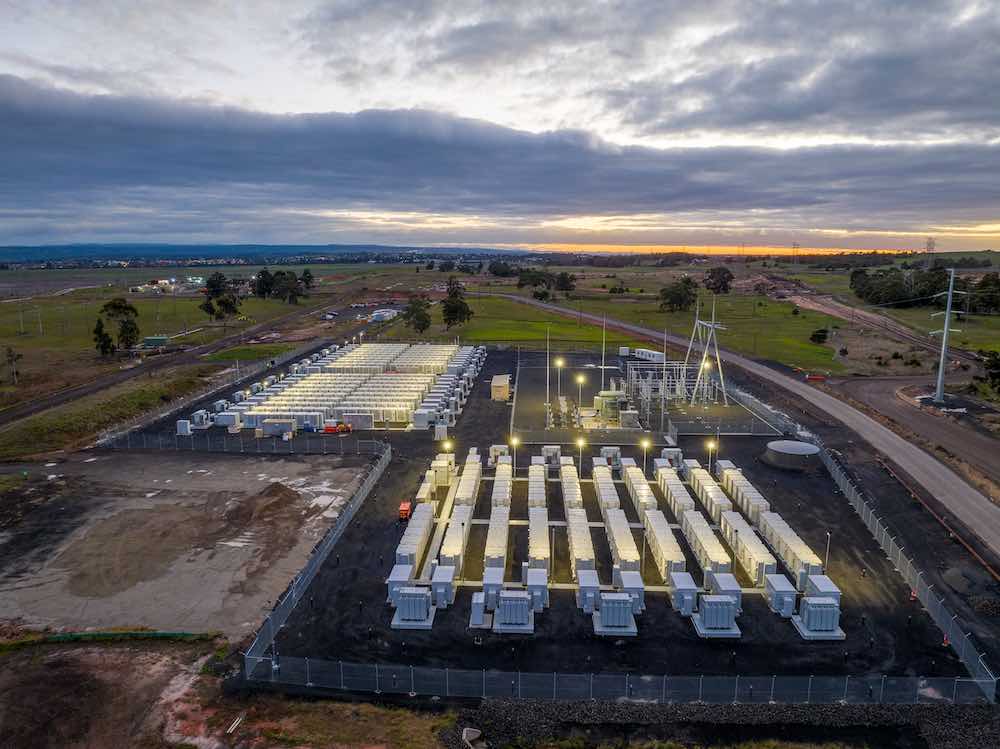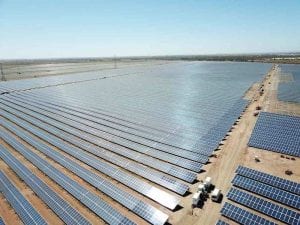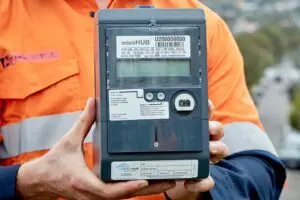Australia’s energy regulators have proposed a dramatic increase in the price cap of Australia’s main electricity market in the hope that it can encourage big batteries and gas peaking plants to fill the gap created by the exit of the country’s ageing coal fleet.
The proposal from the Australian Energy Market Commission suggests that the wholesale market price cap should be jacked up from from $16,600 a megawatt hour (MWh) now to $22,800/MWh by July 1, 2027.
The proposal is designed specifically to ensure that there is enough capacity to deal with those rare events when there may be not enough generation to meet a surge in demand – perhaps due to a heatwave when consumers turn their air conditioners on all at the same time.
The AEMC says its modelling has shown that price settings in the wholesale electricity market are currently set too low to ensure there is enough generation and battery storage to keep the system reliable as it transitions.
“As we get off coal, we have to make sure we have enough flexible generation assets,” AEMC chair Anna Collyer told RenewEconomy.
A price of $16,600/MWh is already far above the operating cost of any generation asset – be it a peaking, open cycle gas plant or a big battery – but Collyer says that the price needs to cover the increasing capital costs and interest rates for such an investment.
Open cycle gas generators, which have been used for decades to back up coal and deliver market responses that inflexible coal cannot achieve, may only be required to operate less than 100 hours a year – but they need to recover financing, fuel and maintenance costs in those short hours.
A big battery, which unlike a gas generator can perform many different tasks such as grid services, energy arbitrage and network support, also needs higher prices to provide an incentive to make sure its capacity is actually available when needed in such events.
The modelling provided to the AEMC to support the increase from $16,600/MWh to $22,800/MWh cites a big increase in capital costs due to the jump in interest rates, and a 30 per cent increase in the cost of battery storage, mostly due to the commodity cycle (although some analysis shows that is being reversed).
Collyer says the increased price cap is needed because there is no “capacity mechanism” as such in the market, and the increased cap will support, or compliment, other state and federal incentives.
Various state programs have provided incentives for big batteries to provide specific services to support the network, and to act as a kind of “shock absorber” that allows transmission lines to transport power at full capacity.
There are also tenders being operates by states and the federal government specifically designed to provide between two and eight hours storage to ensure enough capacity on a regular basis in the evening peaks, and to shift the output of rooftop solar, for instance, from the middle of the day to the early evening.
The federal government’s Capacity Investment Scheme, which is seeking up to 6GW and 24GWh of new firming capacity, specifically excludes fossil fuel generation so is limited to big batteries, pumped hydro and any other zero emission storage technologies that can compete.
Collyer says the AEMC draft ruling has taken into account the impending change to the National Electricity Objective, which for the first time requires regulators, rule makers and policy makers to take into account environmental impacts of their decision, including climate change.
The modelling for the price cap increase includes various carbon price impacts on the gas-fired generators, which have been taken into account by the AEMC in arriving at its decision.
Collyer said the modelling also takes into account the reliability standard – which allows for “unserved energy” for just 0.002 per cent of the time, and the Australian Energy Market Operator’s demand and supply forecasts.
“A high renewables grid is changing the nature of the way these assets operate. Batteries will operate differently to gas peakers …. and we want to be able to influence when they charge and discharge,” Collyer said.
“It’s technology neutral. We have been mindful that the (National Electricity) objectives now include emissions reduction. It will include batteries, which are also being supported by jurisdictional schemes, and this will be complementary of those.”










